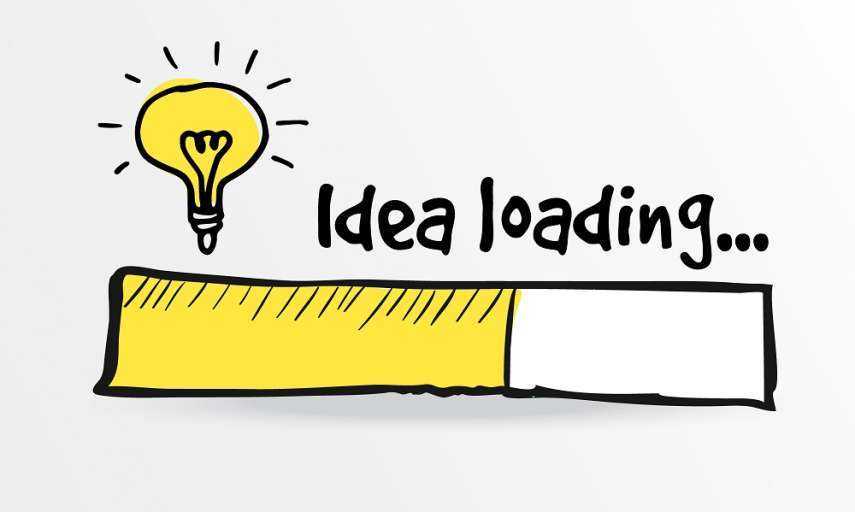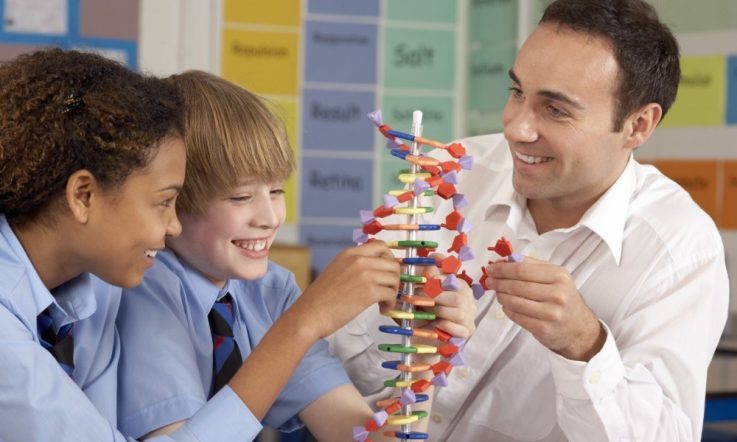This is an edited version of an article that was originally published in the January/February 2010 print edition of Teacher.
Giving students time to think, and changing the way you respond to their thoughts, allows you to withhold judgement, as Stephen Keast and Rebecca Cooper explain.
Students learn best when they are in a supportive environment that encourages having a go, working together to get the best out of each other. To do that, they need a classroom environment that allows them to explore their thinking, that gives them time to think and a chance to write down or talk through their ideas.
Eamon Light asks whether students are too afraid to 'have a go' or whether we teachers set up a classroom environment that discourages students from feeling as though they can.
Some students can be scared of being ridiculed for offering an opinion that isn't shared by the rest of the class. Others don't like to speak in front of the class. Still others just can't process information quickly enough to form an opinion or make a comment.
Light uses small groups to promote discussion and give his students a chance to test out their ideas before presenting them to the class. This can help to combat those three inhibitors mentioned above. The ideas offered then become the group's ideas and a spokesperson can be appointed, offering a shy student an opportunity to have their thoughts heard without having to face the class.
The students who miss out are often those who need more time. In a small group discussion, these students are usually just ready to offer their comment when the teacher calls time. They spend the small group discussion time still thinking and trying to follow what is happening, and often end up more confused than when they started.
Teachers are very busy people and classrooms are very busy places, but perhaps we need to encourage students to put time into thinking, planning and editing before they speak and write. Offering students time to think can be a very rewarding experience as they contemplate beyond their immediate reaction and move into a deeper analysis.
Planning what they might say or write can assist students to order their thoughts in a more logical and understandable way. It can help them identify problems with their arguments and can lead them to more questions to explore about a topic. Self editing is a critical skill that many students lack, but is one that can help to reduce 'silly mistakes' and assist them to feel more confident about the class contribution they're going to make.
The teacher's monitoring role involves offering support and suggestions to individuals by asking more probing questions of the fast thinkers to encourage them to think more deeply and asking more simple questions of those who need help to process information so that they can participate in group activities. Allowing students three minutes of quiet thinking time after instructions are given and before the activity begins can make all the difference to the way students process and take in information.
As Light points out, by changing the way he responds to his students' input, he in effect withholds judgement. When you affirm the first response offered by a student you can sometimes put others off responding at all. As they see it, what's the point if a correct response has already been offered? Thanking each student for their contribution and moving on to the next one, however, acknowledges without making a value judgement. All suggestions should be welcomed and recorded, with a discussion to follow to determine what is relevant and what might be dealt with at another time. By brainstorming and collecting his students' different conceptions, Light allows and values all of their contributions.
Teachers who are familiar with the Program to Enhance Effective Learning or PEEL project will know about 'Think, Pair, Share'. Students are given a piece of stimulus material then are asked to think, and write, on their own for a few minutes. They then pair up to discuss their ideas with their partner. Finally, they come together either in bigger groups or as a class to share their ideas. By this stage, they've thought, talked through, edited and shaped their thinking into something that they can confidently share with the rest of the class. This approach could be the next step for Light as he investigates his practice and tries new approaches with his students.
In the end, what do we want to teach our students? Do we want them to react without thinking, speak the first option that comes along and to judge quickly? Or do we want them to think carefully about what they say or write especially in front of others, considering all of the options they're given from every angle and to look deeper before they judge?
This is an edited version of an article that was originally published in the January/February 2010 print edition of Teacher.
Consider the last lesson you taught. Before starting a task, did you allow students any thinking time (the authors of this article suggest three minutes)?
In group and class discussions, what strategies could you employ to ensure shy students are given a chance to participate?
When asking for student input, do you move on after a correct response or give other students a chance to contribute their views too?



